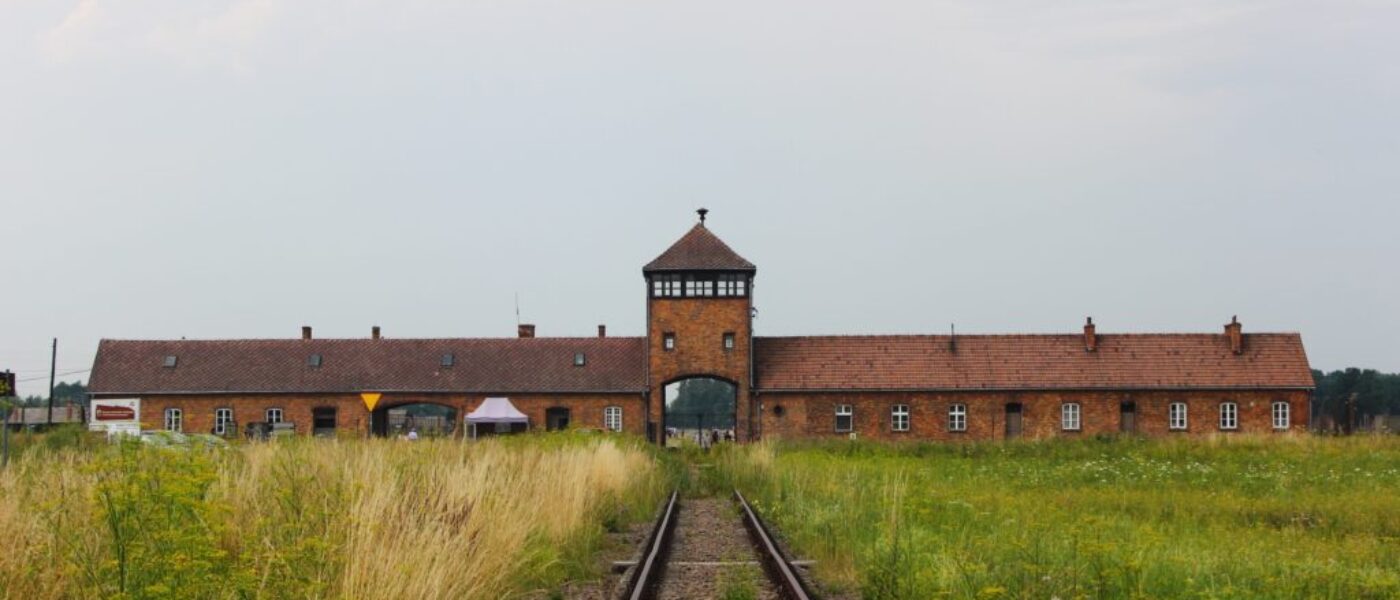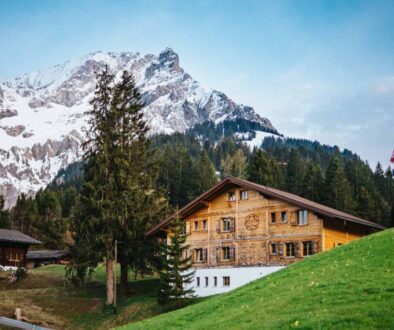Krakow is one of the most beautiful cities in Poland. It is a city with a long and rich history. Krakow was the capital of Poland from 1038 until 1795. For anyone interested in human rights or history, a visit to Auschwitz is a must-do when in Krakow Poland. The Auschwitz concentration camp was one of the largest of the Nazi concentration camps, with over a million inmates. Today, the site is a memorial and museum, and a visit provides a powerful reminder of the horrors of the Holocaust. The Auschwitz Memorial and Museum consist of three parts: the former Auschwitz I concentration camp, the Auschwitz II-Birkenau extermination camp, and the Auschwitz III-Monowitz forced labor camp. Visitors can tour the grounds, see exhibits on the history of the camps, and learn about the inmates who were imprisoned there. A visit to Auschwitz is a moving and sobering experience, and one that should not be missed.
During World War II, the Auschwitz concentration camp was one of the largest of its kind in Europe. It was located in Nazi-occupied Poland and operated from 1940 to 1945. The camp was originally designed for Polish political prisoners, but it eventually became a major site for the extermination of European Jews. During the war, more than 1 million people were killed at Auschwitz, including approximately 960,000 Jews. The vast majority of the victims were Jewish men, women, and children who were brought to the camp from all over Europe. Auschwitz was a major symbol of the Holocaust and remains one of the most notorious symbols of Nazi atrocity. Today, the site is preserved as a memorial and museum dedicated to the victims of the Holocaust.

While many people choose to do a private guided tour of Auschwitz, it is also possible to do a self-guided tour. There are plenty of resources available to help you plan your visit and learn about the history of the camp. Plenty of information is available online, and there are also audio tours and books that can be rented at the Auschwitz Visitor Center. Even without a guide, it is still possible to learn a great deal about this dark chapter in history.
Auschwitz was one of the largest of the Nazi concentration camps, consisting of three main camps, Auschwitz I, Auschwitz II–Birkenau, and Auschwitz III–Monowitz, and 45 sub-camps. The majority of the victims were Jewish people, but also Poles and Roma (Gypsies) were killed. Today, Auschwitz is a UNESCO World Heritage site and one of the most popular tourist destinations in Poland.

When you first arrive at Auschwitz, you will be greeted by the Visitor Center. This is where you can pick up maps and other informational materials. You can also watch a short film about the history of the camp. Be sure to allow yourself plenty of time to explore the Visitor Center before heading out on your tour.

The most well-known part of Auschwitz is Auschwitz I, the main camp that was established in 1940. Start your tour at Block 11, also known as the Death Block. This is where prisoners were tortured and killed. Next, visit Block 10, which was used for medical experiments on prisoners. Then, see Blocks 2 and 3, which were used as prisons for political prisoners. Finally, walk through the main gate into Birkenau, also known as Auschwitz II. Birkenau was built in 1942 and was originally used as a forced-labor camp for Soviet prisoners of war. It was later expanded to become an extermination camp, where Jewish people from all over Europe were brought to be killed in gas chambers.
Auschwitz III–Monowitz was also known as Buna or Monowitz concentration camp. It was built in 1942 and was originally used as a forced-labor camp for chemical giant IG Farben. Today, little remains of the camp besides ruins and abandoned buildings.

While visiting Auschwitz, changemakers can learn about the horrific events that took place there. They can see first-hand the terrible conditions that inmates were forced to live in, and they can learn about the victims and their stories. In addition, Auschwitz is also a reminder of the importance of combating hatred and bigotry. By understanding the atrocities that took place at Auschwitz, changemakers can be inspired to work towards a more just and tolerant world.

Visiting Auschwitz can be a harrowing experience but it is important to remember the millions of people who perished here during the Holocaust. By taking a self-guided tour, you can go at your own pace and spend as much time as you need at each location. With this guide, you will be able to learn about this dark chapter in history while paying tribute to those who lost their lives.
For wheelchair users, there are some special considerations to keep in mind when planning a visit. First of all, it is important to note that the site is large and uneven. There are a limited number of wheelchair-accessible paths, and many areas are inaccessible altogether. Secondly, the weather can be a factor. The site is located in Poland, and winters can be very cold with heavy snowfall. Summer can be hot and humid, making it difficult to navigate the grounds for extended periods of time. Finally, it is important to be aware of the emotional weight of the site. The museum does an excellent job of presenting the history of the camp in a respectful way, but it can still be overwhelming for some visitors. For wheelchair users, planning ahead and being prepared can help make the experience more manageable.




